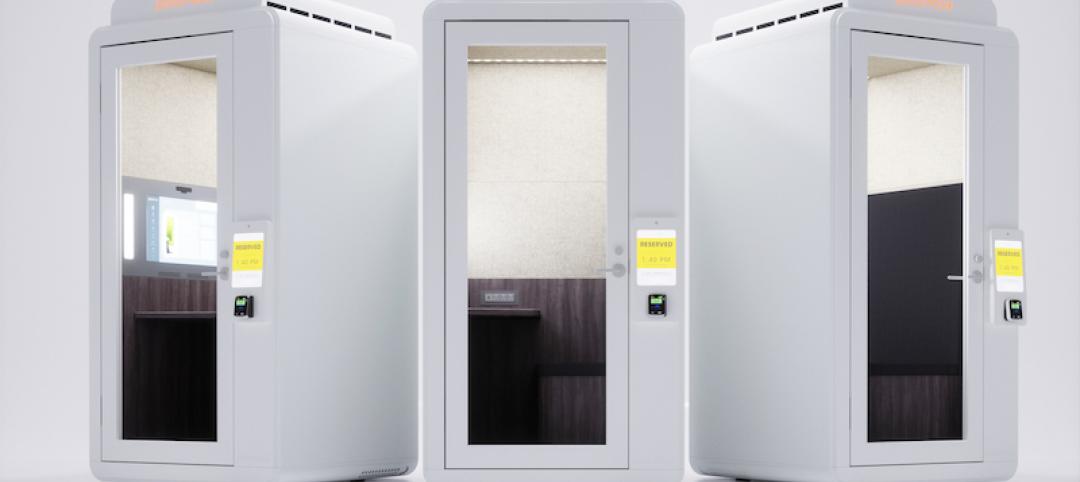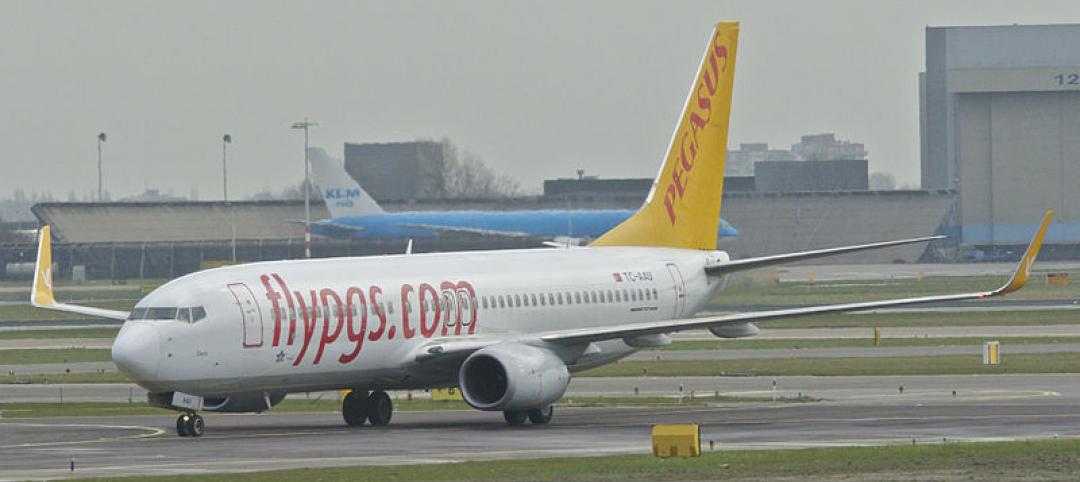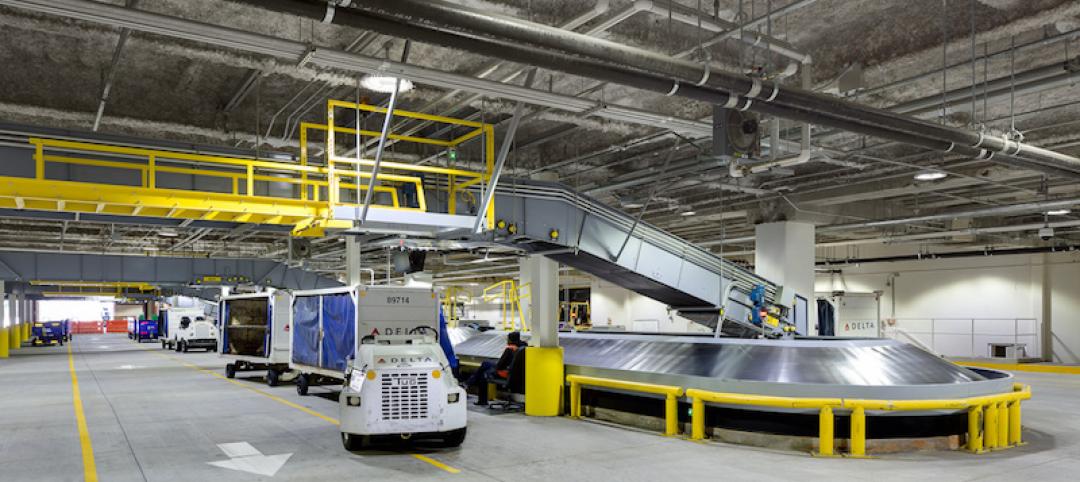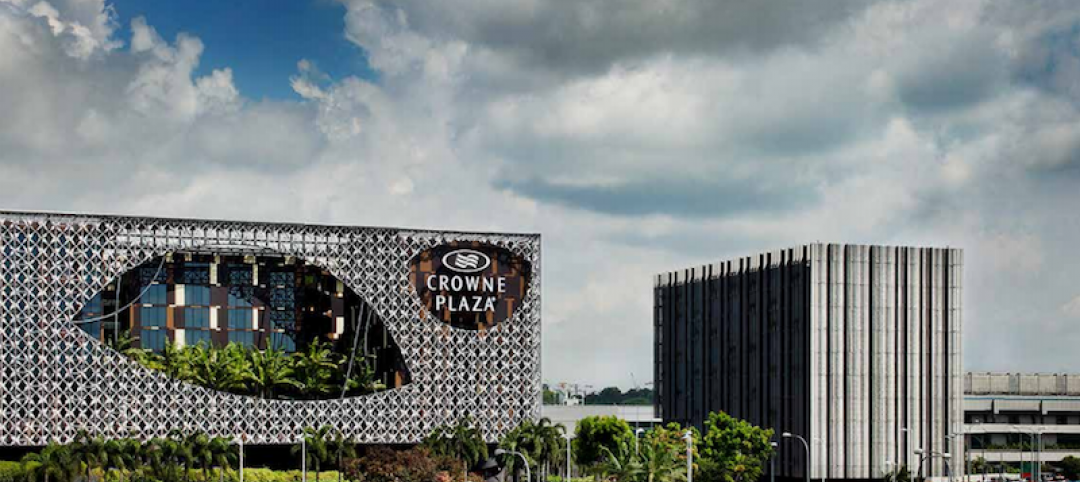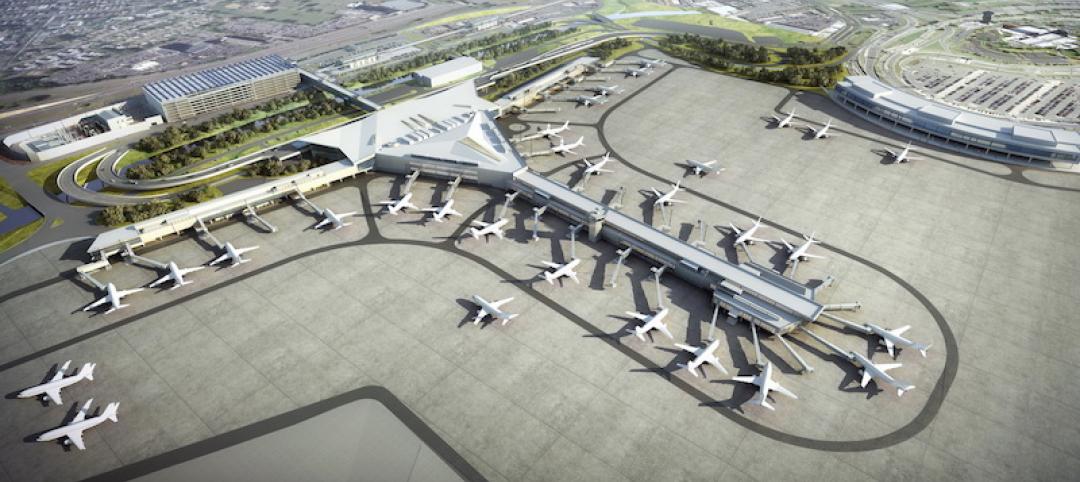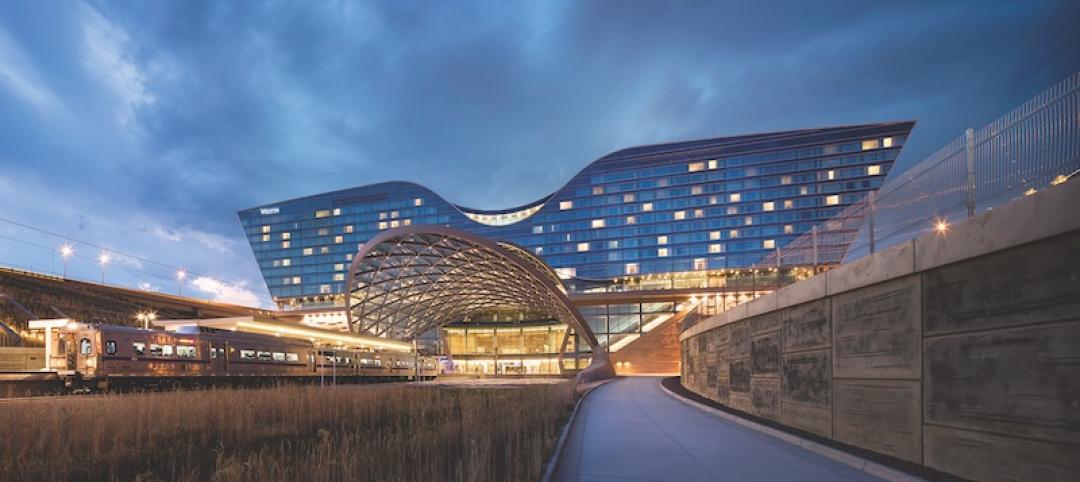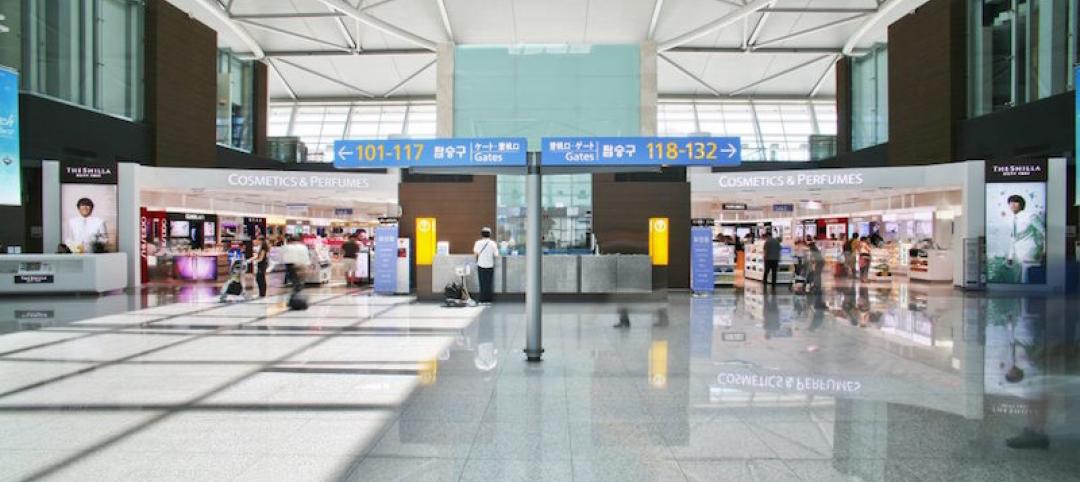Perhaps, in an effort to seem less shallow and censorious, many of us would not like to admit just how important first impressions can be. But we all do it, we all pass judgment on first sight. If you walk into a dirty, unkempt restaurant, odds are you will turn and leave before the rusty bells above the door have even stopped ringing. If you go to meet your new dentist for a cleaning and his smile looks like he just finished eating a tray of black licorice, it isn’t going to instill you with much confidence in his abilities.
What about a first impression on a larger scale, however? A first impression, not of a single person or small business, but of a city or even an entire country? Often times, airports are these first impressions people get of a particular area. They are the metaphorical hand being extended in greeting the passengers coming from around the country or from around the world. This is especially true for the Hartsfield-Jackson Atlanta International Airport, the most traveled airport in the world.
As such, what is often times travelers’ first impression not just of the city of Atlanta, but of the U.S., it is in the airport’s best interest to stay looking as modern, clean, and welcoming as possible. That’s where a $6 billion, 20-year improvement program, aimed at modernizing and expanding the Atlanta airport comes in.
One part of this program is a $200 million improvement to the domestic passenger terminal of the airport that will be led by HOK and is set to begin construction later in 2016. The renovations will include two large canopies over curbside pick-up and drop-off areas and a redesigned atrium space in the center of the terminal.
After a year that saw 101.5 million passengers pass through the Hartsfield-Jackson Atlanta International Airport in 2015 (the first time an airport has ever handled over 100 million passengers in a year), the terminal modernization could not come at a better time, as that number is only expected to increase in the future.
HOK has said the airport’s vision for the improvement program is to “demystify” the experience of navigating the airport and to make it as easy and pleasant as possible. This means employing a design that will work for both curb-to-gate weekly business travelers as well as casual travelers who are more apt to patronize retailers and other amenities.
 Rendering courtesy HOK
Rendering courtesy HOK
From the exterior, the most visible improvements to the terminal come in the form of two 864-foot-long ethylene tetrafluoroethylene (ETFE) canopies. The arched canopies will protect a new curbside drop-off area and a contemporary steel frame will support the translucent ETFE panels. In addition to providing the aesthetics one may expect from a 21st century air terminal, the canopies will also serve a practical purpose in providing shade to reduce heat gain and shelter travelers from the elements. Building facades will also be replaced with fritted glass panels that will have images of Atlanta’s city parks.
Natural light and green space are the themes that will be found throughout the redesigned interior of the terminal, as expansive windows will bathe check-in areas with natural light and a 15,000-sf atrium will offer a setting reminiscent of an outdoor park with plenty of natural light provided by a large circular skylight. A pavilion that can be used for performances and other airport events, artwork, and several retailers will also be located in the atrium.
As Ripley Rasmus, AIA, HOK Senior Design Principal and lead designer for the project, explains on the HOK website, “The design converts the atrium from a processing space to an engaging civic area that connects visitors and travelers to Atlanta, reinforcing the airport as an ambassador for the region.” In other words, the atrium is meant to reflect the best of Atlanta and the surrounding area and present an optimum first impression to the travelers coming in from other American cities.
Other improvements include a clearly marked airport security screening zone, better circulation and signage systems, and upgrades to the baggage claim area such as highly visible digital monitors and new speaker systems.
Stanley, Love-Stanley, P.C. and Chasm Architecture, L.L.C. are also working on the project.
 Rendering: HOK
Rendering: HOK
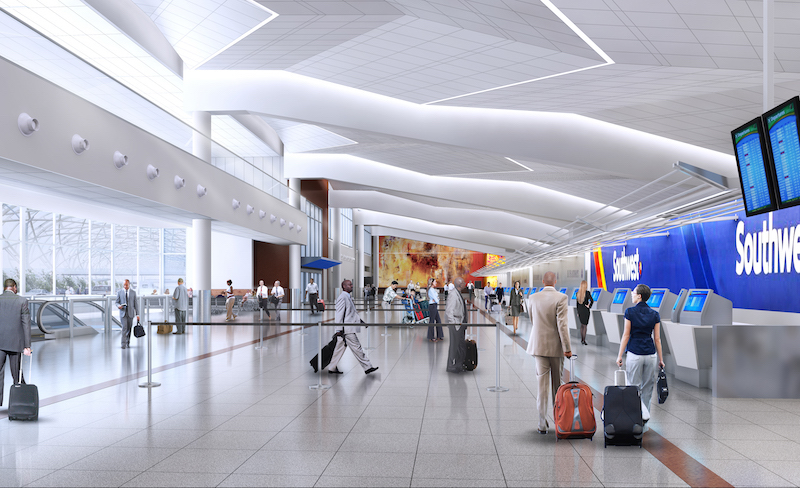 Rendering: HOK
Rendering: HOK
 Rendering: HOK
Rendering: HOK
 Rendering: HOK
Rendering: HOK
Related Stories
Airports | Feb 21, 2018
Terminal Modernization: Why Bother? Part II
This is the second post in our series examining why airport operators should bother to upgrade their facilities, even if capacity isn’t forcing the issue.
Airports | Feb 7, 2018
LaGuardia Airport receives eight private work booths in Terminal B
The hub sees over 15 million travelers annually.
Libraries | Jan 29, 2018
Commercial plane that skidded off the runway may become Turkey’s newest public library
The plane was removed from its cliffside perch five days after the incident.
Giants 400 | Oct 5, 2017
On wings of gold: Alternative financing schemes are propelling the high-flyin’ air terminals sector
The $4 billion renovation of New York City’s LaGuardia Airport is the first major U.S. aviation project delivered using a public-private partnership (P3) model.
Giants 400 | Oct 3, 2017
Top 30 airport engineering firms
AECOM, Burns & McDonnell, and Arup top BD+C’s ranking of the nation’s largest airport sector engineering and EA firms, as reported in the 2017 Giants 300 Report.
Airports | Sep 11, 2017
Terminal modernization: Why bother? Part I
A terminal modernization program can be a complicated and expensive task that airport operators may be hesitant to undertake unless necessitated by demands for increased capacity. This is the first post in our series examining why airport operators should bother to upgrade their facilities, even if capacity isn’t forcing the issue.
Hotel Facilities | Jul 5, 2017
It only took 26 days to complete construction on the Crowne Plaza Changi Airport hotel extension
PPVC techniques allowed the project to save time and manpower.
Airports | Jun 26, 2017
Newark Liberty International Airport breaks ground on $2.4 billion redevelopment project
The project includes a new 1 million-sf terminal building with 33 domestic aircraft gates.
Building Team Awards | Jun 8, 2017
Missing link: Denver International Airport and Transit Center
Gold Award: A new mixed-use transit center fulfills Denver’s 28-year plan to improve access to the nation’s fifth-busiest airport.
Airports | May 15, 2017
Five trends for airport retail
CallisonRTKL Vice President Kevin Horn pinpoints how travel retail is changing dramatically.




